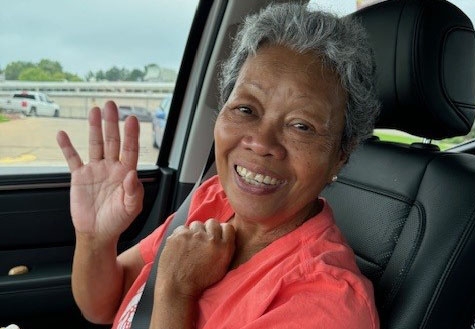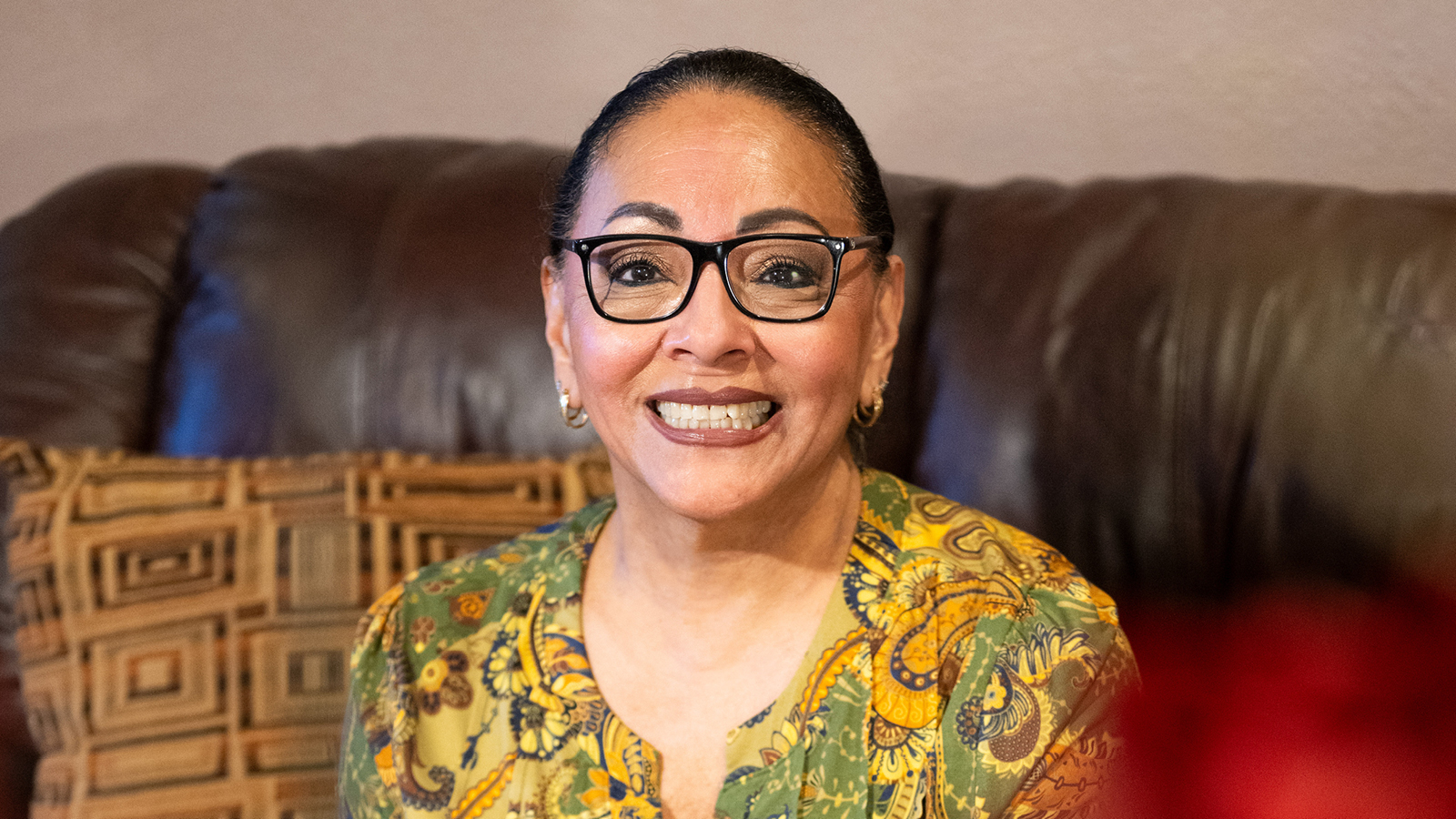- Diseases
- Acoustic Neuroma (14)
- Adrenal Gland Tumor (24)
- Anal Cancer (66)
- Anemia (2)
- Appendix Cancer (16)
- Bile Duct Cancer (28)
- Bladder Cancer (68)
- Brain Metastases (28)
- Brain Tumor (228)
- Breast Cancer (716)
- Breast Implant-Associated Anaplastic Large Cell Lymphoma (2)
- Cancer of Unknown Primary (4)
- Carcinoid Tumor (8)
- Cervical Cancer (154)
- Colon Cancer (164)
- Colorectal Cancer (110)
- Endocrine Tumor (4)
- Esophageal Cancer (42)
- Eye Cancer (36)
- Fallopian Tube Cancer (6)
- Germ Cell Tumor (4)
- Gestational Trophoblastic Disease (2)
- Head and Neck Cancer (6)
- Kidney Cancer (124)
- Leukemia (344)
- Liver Cancer (50)
- Lung Cancer (288)
- Lymphoma (284)
- Mesothelioma (14)
- Metastasis (30)
- Multiple Myeloma (98)
- Myelodysplastic Syndrome (60)
- Myeloproliferative Neoplasm (4)
- Neuroendocrine Tumors (16)
- Oral Cancer (100)
- Ovarian Cancer (170)
- Pancreatic Cancer (166)
- Parathyroid Disease (2)
- Penile Cancer (14)
- Pituitary Tumor (6)
- Prostate Cancer (144)
- Rectal Cancer (58)
- Renal Medullary Carcinoma (6)
- Salivary Gland Cancer (14)
- Sarcoma (236)
- Skin Cancer (294)
- Skull Base Tumors (56)
- Spinal Tumor (12)
- Stomach Cancer (60)
- Testicular Cancer (28)
- Throat Cancer (90)
- Thymoma (6)
- Thyroid Cancer (98)
- Tonsil Cancer (30)
- Uterine Cancer (78)
- Vaginal Cancer (14)
- Vulvar Cancer (18)
- Cancer Topic
- Adolescent and Young Adult Cancer Issues (20)
- Advance Care Planning (10)
- Biostatistics (2)
- Blood Donation (18)
- Bone Health (8)
- COVID-19 (362)
- Cancer Recurrence (120)
- Childhood Cancer Issues (120)
- Clinical Trials (624)
- Complementary Integrative Medicine (24)
- Cytogenetics (2)
- DNA Methylation (4)
- Diagnosis (230)
- Epigenetics (6)
- Fertility (62)
- Follow-up Guidelines (2)
- Health Disparities (14)
- Hereditary Cancer Syndromes (122)
- Immunology (18)
- Li-Fraumeni Syndrome (8)
- Mental Health (118)
- Molecular Diagnostics (8)
- Pain Management (62)
- Palliative Care (8)
- Pathology (10)
- Physical Therapy (18)
- Pregnancy (18)
- Prevention (892)
- Research (390)
- Second Opinion (74)
- Sexuality (16)
- Side Effects (602)
- Sleep Disorders (10)
- Stem Cell Transplantation Cellular Therapy (216)
- Support (404)
- Survivorship (322)
- Symptoms (184)
- Treatment (1770)
Brain tumor survivor learns to walk again
BY Lauren Rose
3 minute read | Published December 10, 2021
Medically Reviewed | Last reviewed by an MD Anderson Cancer Center medical professional on December 10, 2021
Meet Patrick “Miracle” Mead Jr. His wife gave him the nickname “Miracle” after he made a full recovery from a brain tumor that once left the active 68-year-old unable to walk. It’s a nickname he has accepted with gratitude, and he credits his MD Anderson care team for making it possible.
A neoplasm of cerebellum diagnosis
From cycling to walking to kayaking, Patrick enjoys being on his feet. But in spring 2019, he began to have trouble with his balance and walking.
“If I stood up to get off of the couch, I would fall over,” Patrick says. “I had to furniture-surf and hold on to something to support myself to walk.” He also began having debilitating headaches.
Patrick saw a local neurologist in Alabama. Brain MRI results showed a large tumor growing against Patrick’s brain stem and in the middle of his cerebellum.
“I looked at my neurologist and said, ‘Now look, if I was your daddy, what would you tell me to do right now?’ The neurologist immediately replied, ‘I would tell you to go straight to MD Anderson.’”
Unexpected twists in brain tumor treatment, then a craniotomy
Patrick and his wife, René, traveled to Houston for his first MD Anderson appointment on June 19. Before surgery, Patrick underwent a CT scan to make sure the cancer had not spread to other parts of his body. Additional testing showed his lungs had multiple pulmonary embolisms, blood clots that cause blood flow restriction. Patrick was immediately admitted to the MD Anderson Acute Cancer Care Center.
Pulmonologist Michael Kroll, M.D., cared for Patrick during that time. A week later, once Patrick was stable, he was cleared for brain tumor surgery. At that time, he was introduced to neurosurgeon Sherise Ferguson, M.D., who would perform a craniotomy to remove the tumor. As Patrick and his family prepared for the procedure, they prayed for a miracle.
On June 28, Patrick underwent surgery. After several hours of operating, Ferguson told the Mead family they’d received the miracle they had asked for. Patrick’s outcome looked good. The tumor was not metastatic or malignant, but rather a Grade 1 tumor called a hemangioblastoma.
Recovering after brain surgery
After brain surgery, Patrick had to learn how to walk again. He admits that it was difficult, but he is thankful for his care team’s support. René says that physiatrist Ying Guo, M.D., was very diligent in her treatment plan to get Patrick moving.
“Recovery was challenging, but my rehabilitation team wouldn’t hear it,” Patrick says. “They wanted me up and out of that bed. They were always giving me encouragement and an extra push. They would say, ‘OK, we’re going to walk to that door right there. Do you think you can make it?’”
After three weeks of physical and occupational therapy and 35 days total at MD Anderson, Patrick returned home to Fairhope, Alabama.
He says the nurses and team members felt like extended family. He even designed a shirt with all of his care team members’ names on the back.
“Every day we were so amazed by MD Anderson,” René says. “Every time we noticed that Patrick was going through something, they were always a step ahead. They had specialists and doctors ready to assist.”
Living his best life
Today, Patrick “Miracle” Mead is living his life to the fullest. While he still goes to rehabilitation therapy in his hometown to improve his balance, he’s resumed an active lifestyle. He no longer uses his wheelchair or cane, and he and René walk multiple times a week.
“I shouldn’t be here, but I am,” Patrick says. “I have experienced a miracle in my life, and I’m thankful I have the opportunity to tell my story.”
Request an appointment online or by calling 1-844-593-2331.
Related Cancerwise Stories

Every day we were so amazed by MD Anderson.
René Mead
Caregiver






